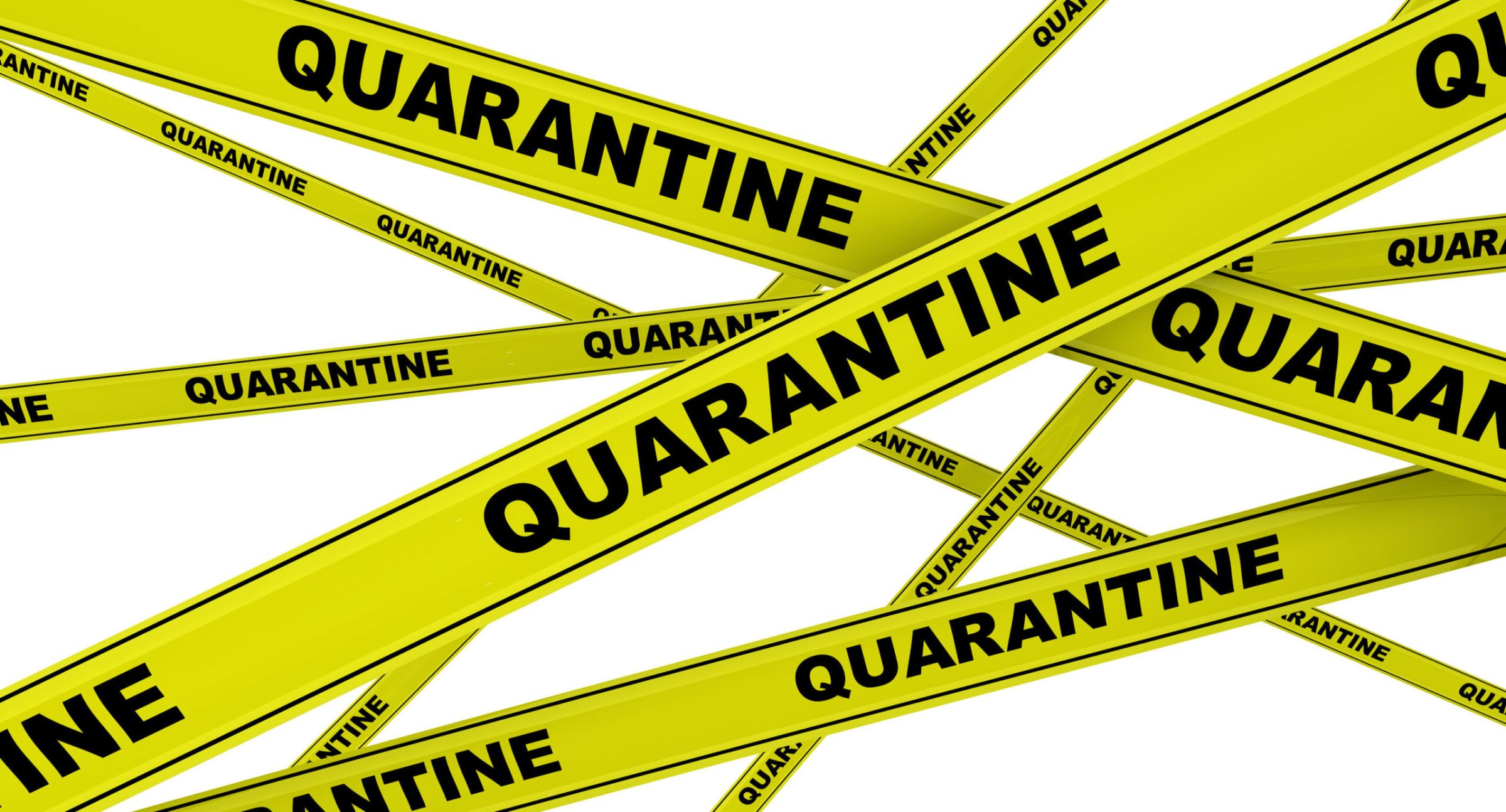Aly Arenholz, an 8th grader at Frontier Trail Middle School in Olathe, asked Olathe high school and middle school students to take a survey regarding the current “hybrid” model used by the school district as a result of school lockdowns — 1,778 students responded.
At a Kansas State Board of Education Meeting Tuesday, Nov. 10, 2020, three Olathe siblings read some of those responses. The students and several physicians implored board members to order schools re-opened for full-time in-person learning but their pleas went nowhere. Instead, board members discussed the possibility of reducing minimum education requirements; that might appease the concerns of adults working in schools but comments from students indicate it would make the educational and emotional situation worse for students.
“Every single day I wake up and I don’t want to wake up, I feel like every day is the same thing and it gets harder and harder with every passing second,” Regan Stelting, an Olathe South freshman read from comments in the survey. “There’s nothing enjoyable about this experience and I’d rather drop out and prepare for college rather than spend one more second being a puppet for this unreliable and unbelievable school district that not only has ruined my senior year, but ruthlessly dragged it through the mud and stomped on it until it couldn’t handle it anymore.
“Nothing about my life is positive right now and there is nobody to blame except the school district and their bogus decisions. Listen to your students, they know more than anybody about what it’s like to go through this.”
Those comments were echoed by many students in the survey, who seemed to almost universally dislike the virtual environment, and are reporting troubling Issues with performance and mental health.
Regan’s brother, Carter, a junior at OSHS, said: “Of the total respondents, 82% have felt stressed, 61% felt frustrated, and 57% felt lonely. One student responded ‘I want to go to school. I want to learn. Sitting for hours on end alone in silence leaves me with no self-value. It’s depressing.’
Brennan Stelting, also a junior at OSHS, quoted students who said teachers are doing their best but remote learning just isn’t working.
“I want to go back to school! I learn best in a structured classroom with a teacher in front of me and a classroom of peers. Please, please help me to grow, learn and have a successful education. I’m begging the School Board to consider what’s in the best interest for us students and our learning. Lastly, teachers are beyond stressed with the technology which is really taking away from my ability to learn and be successful during my final senior year of high school.”
Brooke Wesley, a counselor and Clinical Director of Bellatore Recovery said school lockdowns are devastating to students’ mental health.
“I have sent more kids to Residential treatment and/or the hospital for mental health issues in the past two months than I have in the past three years.”
Dr. Jill Ackerman, a mother of four Blue Valley students, and Mayo Clinic-trained family physician said the remote learning and “hybrid” systems fly in the face of actual science — contrary to what the Kelly Administration continues to claim.
“Per CDC, the COVID19 survival rate is 99.997% for those aged 0-18,” she said at the meeting. “Per the American Academy of Pediatrics, severe illness due to COVID-19 is rare among children. The survival rate is 99.5% and higher for patients up to age 70.
Ackerman said not only are the fatality and serious illness rates extremely low but according to Brown University, so is the chance that students will spread the disease.
“We now have data that suggests schools are not the super spreaders we feared,” she said. “A Brown University review of 227,000 students from 47 states yielded a low infection rate of 0.13% among students and 0.24% for staffers. Similar information is available from Australia, Italy and countries in Europe where large outbreaks linked to school reopening were rare.”
What is not rare, however, are the effects on grades and mental health for students trapped at home during school lockdowns — or only able to attend school a couple of days a week.
Ackerman said multiple states, including Texas and New Mexico, have said up to 40-70% of students in virtual learning environments had a least one failing grade, and over 43,000 medical and public health scientists and physicians have voiced their concerns about the damaging physical and mental health impacts of current COVID-19 policies.
Dr. Caroline Danda, a licensed child psychologist and mother of three Blue Valley students said the mental health impacts of the school lockdowns on students cannot be underestimated.
“The weight of the social and emotional fall-out due to the isolation, disconnection, and academic challenges associated with hybrid and distance learning is enormous,” she said. “I see it in my own house, where I have two children essentially failing all their classes and disengaged in school, despite ours and teachers’ best efforts. I hear the same stories among my friends and in my clinical practice, every single day. The youth lack motivation, worry about their apathy, and find it difficult to connect with teachers and peers. Their parents are worried.”
Danda said data from the CDC shows anxiety and depression among adolescents has tripled since the pandemic began. A national 4-H council survey found more than 7 in 10 teenagers are struggling with mental health, and in a Gallup poll, one-third of parents reported their children as already experiencing harm to their mental and emotional health due to isolation.
Dr. Christine White, a Johnson County pediatrician who has two children in Blue Valley Northwest High School, said she has been asking since June for students to be returned to school full time.
“As a pediatrician I see the detrimental effects of this lockdown and remote/hybrid learning every day in my practice,” she said. “I treat 5 to 10 kids a week for new-onset anxiety/depression/and suicidality.
“I work with kids with and without ADHD to motivate them to stay engaged in learning. I can honestly say that this grand experiment we are conducting right now will have unbelievable short and long-lasting effects on our children. What we are doing to them right now is criminal and unethical and it needs to change.”
More than Just Mental Health
Beyond the mental health and educational attainment impacts of school lockdowns, there are other concerns. Many students rely on schools for most of their nutrition, eating two meals a day there.
Millions of children across the country are routinely missing meals.
According to a September article by National Public Radio reporter Cory Turner, 30 million students in the U.S. depend on schools for free, or reduced-price meals — but most are not getting them.
“Among low-income households with children who qualify for free or reduced-price school meals, only about 15% have been getting those meals, Lauren Bauer, a researcher at the Brookings Institution, told Turner. She’s been poring over the results of the U.S. Census Bureau’s weekly Household Pulse Survey.
And, as the Sentinel reported in July, as part of this grand experiment, tens of thousands of children across the country have spent — and are still spending — significant amounts of time locked up with their abusers.
Schools are often the first line of defense for children in recognizing cases of child abuse or neglect, and at-risk students have now spent months essentially locked up with their abusers, with no way to get help.
According to an article at Chalkbeat.org, between March and April, as many as 200,000 child abuse cases went unreported because students were not where teachers — who are generally trained to watch the signs — could spot them.
A paper published by Social Science Research Network that focuses on Florida, notes allegations of child maltreatment plummeted across the state in March and April as schools closed.
“About 15,000 fewer allegations have been made, more than a 25% decline,” Chalkbeat reporter Matt Barnum writes. “Another way of looking at it: usually there are nearly 30 claims of abuse for every 1,000 children in Florida; in April, there were fewer than 20.”
This isn’t limited to Florida, however, and it is unlikely the steep drop in reports means there were actually fewer cases.
“In April, the Associated Press reported steep drops in calls to child abuse hotlines in several states: declines of 50% in Washington, 45% in Louisiana, Montana, and Oklahoma; 33% in Arizona; and 14% in Nevada,” Barnum reports.
While only roughly 10 – 20 percent of claims are substantiated, those numbers suggest as many as 20,000 to 40,000 children across the country have spent the last several months locked up with, and unable to escape, their abusers.
Left to local school boards and administrators, however, the mental, physical, and educational abuse of school lockdowns will continue.




